After a historic playing season, Bethpage Black announced new plans to raise its defenses against tee time bots.
The post After Ryder Cup season, Bethpage Black changes tee time rules appeared first on Golf.
After a historic playing season, Bethpage Black announced new plans to raise its defenses against tee time bots.
The post After Ryder Cup season, Bethpage Black changes tee time rules appeared first on Golf.
Collin Morikawa and Xander Schauffele, when asked a simple question from 6,000 miles away, showed their truest selves Tuesday.
The post 2 honest admissions PGA Tour stars gave to 6,000-mile question appeared first on Golf.
In this edition of Play Smart, GOLF Top 100 Teacher Joe Plecker shares a routine that helps simulate proper weight shift in the swing.
The post Create easy power using this dynamic exercise for weight shift appeared first on Golf.
Here are 2025 Baycurrent Classic tee times for the opening round in Japan, which begins Wednesday night in the U.S. Here's how to watch.
The post 2025 Baycurrent Classic tee times: Round 1 groupings for Wednesday night appeared first on Golf.
PING may be synonymous with the iconic Anser blade but modern PING putters are much more than classic looks. In 2025, the Scottsdale lineup showed real range from the strong-arc Prime Tyne 4 mallet that excels on mid to long putts to the Scottsdale Anser blade that shines from mid-range. We’ve pulled the latest MyGolfSpy results so you can see how each PING option performs across short, medium and long putts and pick the model that matches your stroke.
PuttView Handicap is a Strokes Gained–style metric where a lower (more negative) number is better. Short, medium and long putting performance are measured separately, along with an overall average.
| Model | Category | Overall | Short | Medium | Long |
|---|---|---|---|---|---|
| PING Scottsdale Prime Tyne 4 | Mallet | -7.5 | -5.3 | -8.7 | -10.5 |
| PING Scottsdale CRAZ-E | Mallet | -5.8 | -4.3 | -5.5 | -9.1 |
| PING Scottsdale Anser | Blade | -4.9 | -4.3 | -4.2 | -6.9 |
| PING PLD Milled Anser 4D | Blade | -3.1 | -1.5 | -0.9 | -8.4 |
The best overall PING mallet in 2025 was the Scottsdale Prime Tyne 4 and the best PING blade was the Scottsdale Anser. PING didn’t have an entry in the zero-torque test this year. If you want to dig a little deeper, here’s how to match each model to your game:
Scottsdale Prime Tyne 4 (Mallet): Best for players who want help on medium and long putts and prefer a strong-arc, heel-shafted shape. If your stroke has rotation and you lag putt a lot, Tyne 4’s -8.7 (medium) and -10.5 (long) PuttView HCP results line up nicely. Skip it if you need a face-balanced/straight-back feel.
Scottsdale CRAZ-E (Mallet) — A steadier, classic PING mallet with strong performance on long putts (-9.1 long). A good choice if you want a familiar look and reliable distance control on longer rolls. Not ideal if you’re chasing top-tier short/medium scoring.

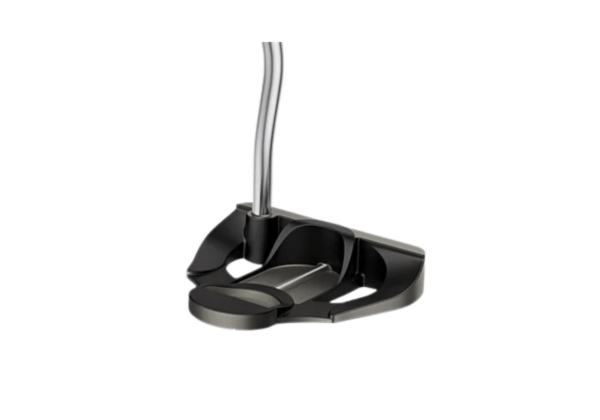


That low, penetrating ball flight that cuts through wind like a laser beam? That’s the stinger, golf’s most satisfying shot when executed properly. While most golfers associate stingers with long irons, your 3-wood can produce an even more devastating version of this shot.
The 3-wood stinger isn’t just a show-off move. It’s a strategic weapon that keeps the ball out of trouble, fights the wind and rolls out for extra distance on firm fairways. Master this shot and you’ll have a reliable option when conditions demand precision over height.
Most amateurs think stingers require blade irons and “tour-level” skills. Wrong. The 3-wood’s design actually makes hitting stingers easier than with long irons.
The club’s weight distribution naturally promotes the descending blow essential for stinger trajectory. Unlike a driver, which wants to sweep the ball clean, the 3-wood allows and even encourages that slightly downward attack angle.
Loft works in your favor as well. At 15 degrees, a 3-wood provides enough loft to get airborne while maintaining a penetrating ball flight. Hit it properly and you’ll get that distinctive boring trajectory that seems to defy physics.
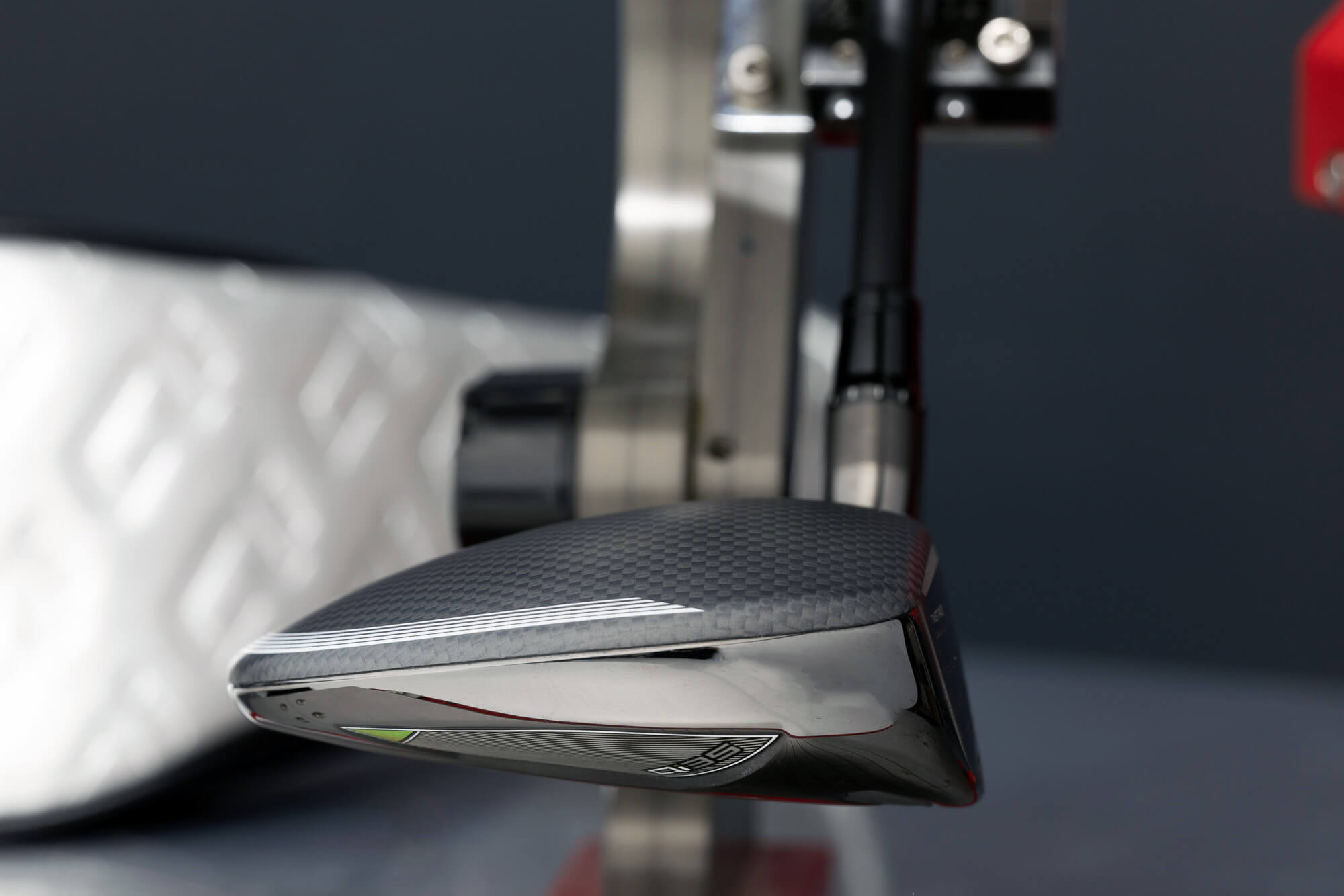
Collin Morikawa admitted the behavior of American fans at the Ryder Cup "crossed the line" but does not believe he was partly to blame for inflaming the atmosphere.
What do you do when someone tosses your ball back to you? Do you have to take a penalty? Rules Guy has the answer.
The post Rules Guy: A homeowner tossed my wayward ball back to me. What now? appeared first on Golf.
Nine months after it closed, Sea Ranch Golf Links, a cult favorite on the craggy Sonoma Coast, has been revived by the community around it.
The post How a shuttered coastal course in California came back to life appeared first on Golf.
Off-season rates and peak-season colors add to the golf experience at Cabot Cape Breton, a spot already beautiful throughout the year.
The post Why the shortest season at Cabot Cape Breton is the longest on fun appeared first on Golf.
A fourth season of Netflix's "Full Swing" is reportedly on the way, with a release date still to be determined.
The post Netflix’s ‘Full Swing’ golf series coming back for 4th season appeared first on Golf.
The return of the Skins Game shows how much has changed in 17 years. The four players are among the top six in the world, it's moving from the California desert to South Florida, and it will be broadcast on Prime Video instead of network TV.
Jon Rahm, who plays in Madrid this week after a short break, said the Ryder Cup was "mentally the toughest week of my career" but also "the most fun I've had."
If the 2025 Ryder Cup didn’t make you worry about golf’s direction, you’re asleep at the wheel of your E-Z-GO.
The post The Bethpage Ryder Cup has lingered for all the wrong reasons appeared first on Golf.
Keegan Bradley, Justin Thomas, Xander Schauffele and Tommy Fleetwood will face off in a reboot of "The Skins Game" on Prime Video.
The post Prime Video to broadcast return of PGA Tour’s ‘The Skins Game’ appeared first on Golf.
Two clubs stand out in Brooks Koepka's bag. Those "Old Faithfuls" tell a story about fitting and a key to improve your setup.
The post Brooks Koepka’s ‘Old Faithful’ clubs offer lesson for us all appeared first on Golf.
After much consideration, I’ve come to a provocative conclusion.
Among all of golf’s OEMs, Tour Edge may be the most intriguing to watch in 2026. That’s not to say its equipment will be the best performing or that Tour Edge will outsell the Big Four. We fully expect Tour Edge equipment to continue its traditional solid and sometimes spectacular performance in our testing, and we believe Tour Edge will build upon what company president Tim Clarke says has been a stellar (for them) 2025.
Those things are a given.
What we are saying is that, given its new leadership and badly needed rebranding, it will be fascinating to see where Tour Edge goes in the coming year. Tour Edge has evolved through various identities over its 40-year existence, but this rebranding appears purposeful and research-based. Whether it fulfills the company’s goals is an open question, but credit where credit is due.
Tour Edge ain’t standing still.
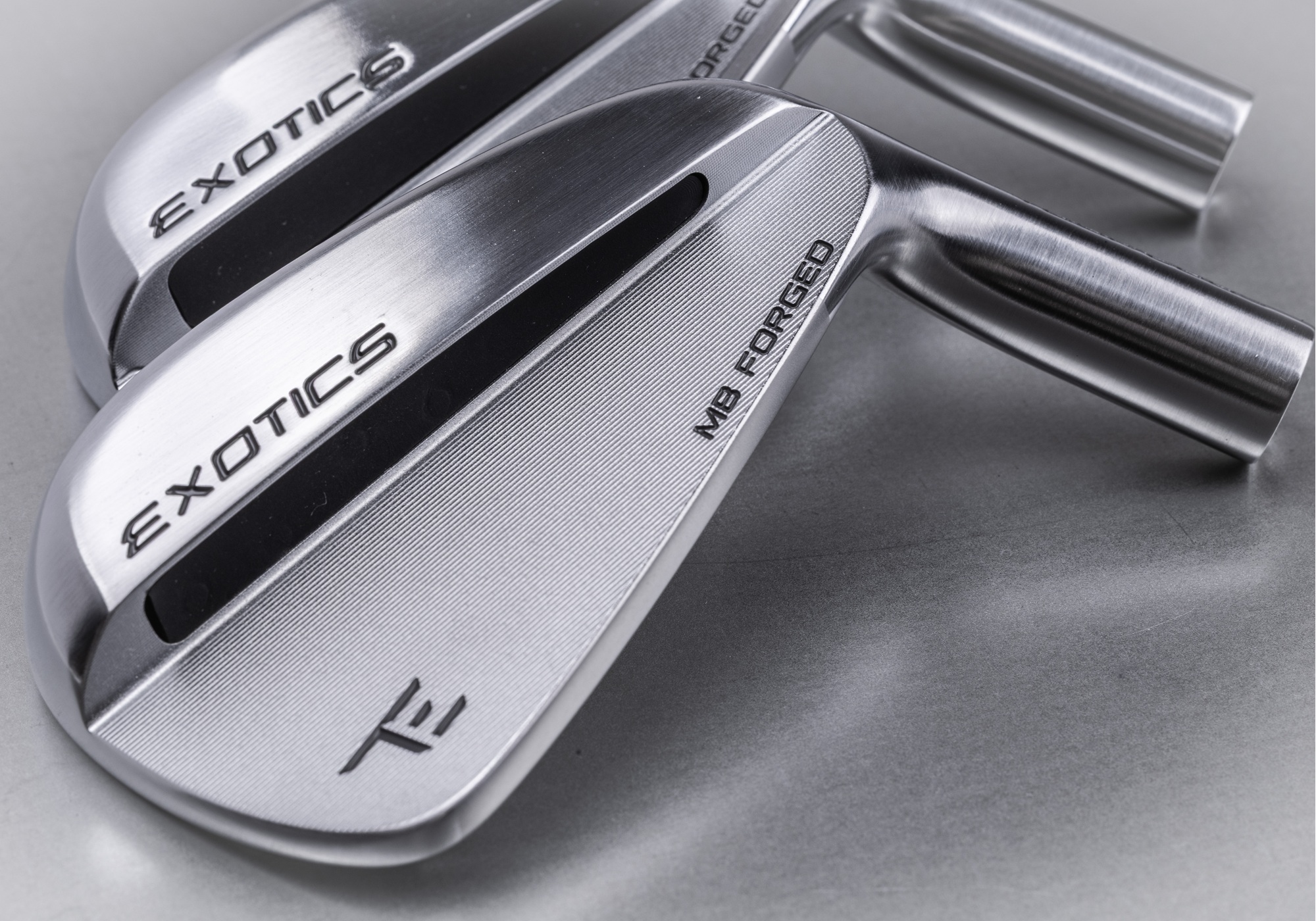


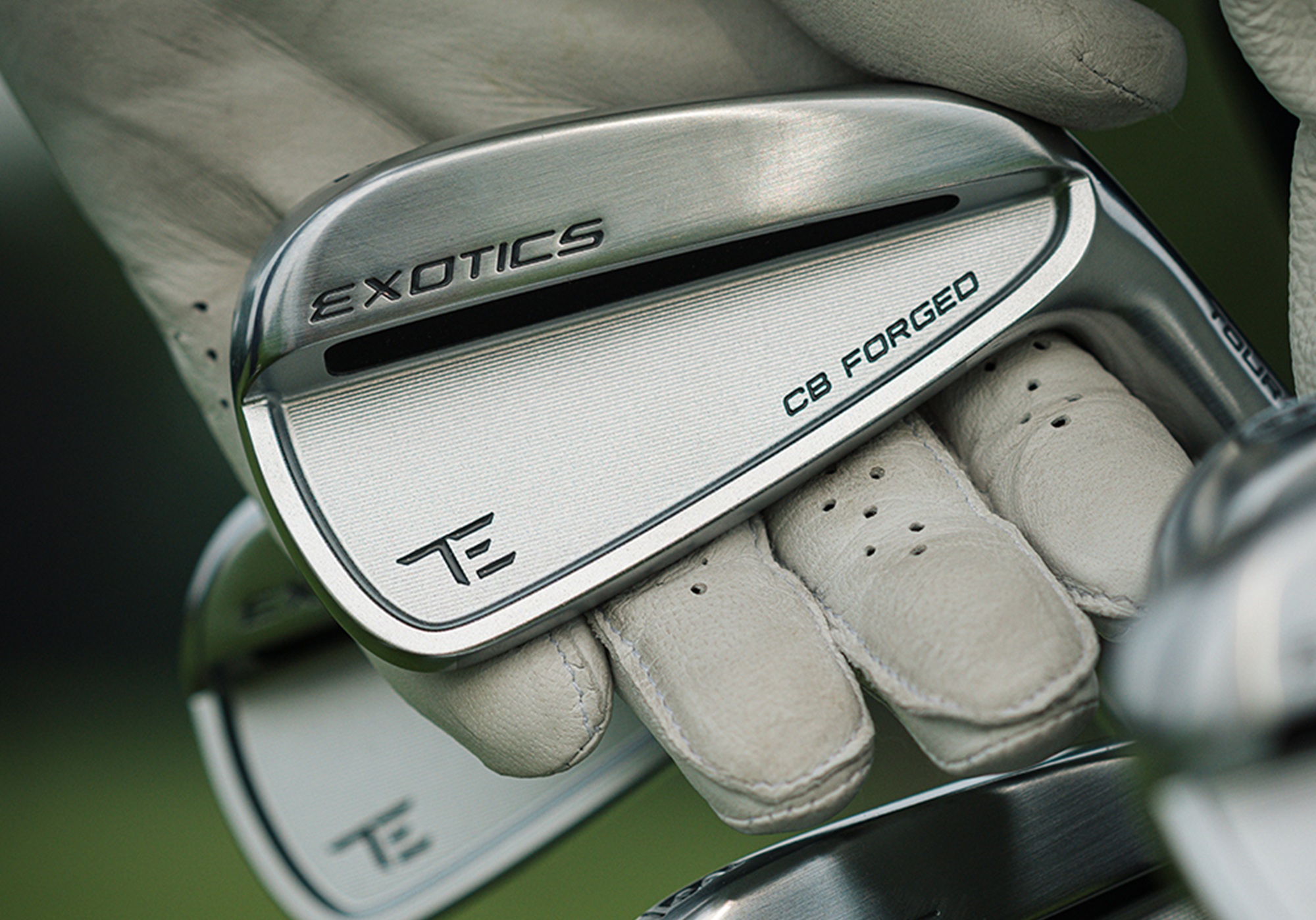

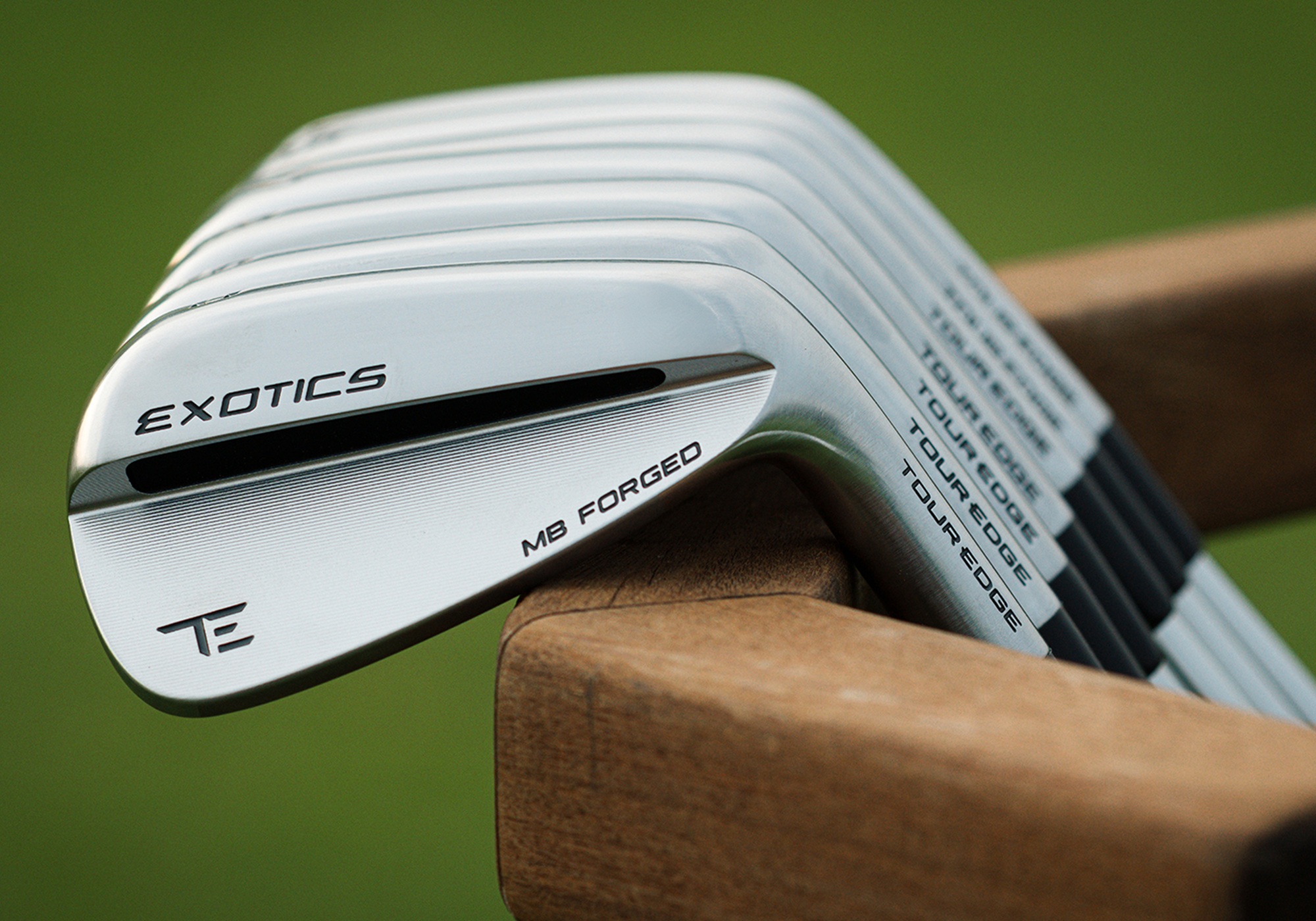

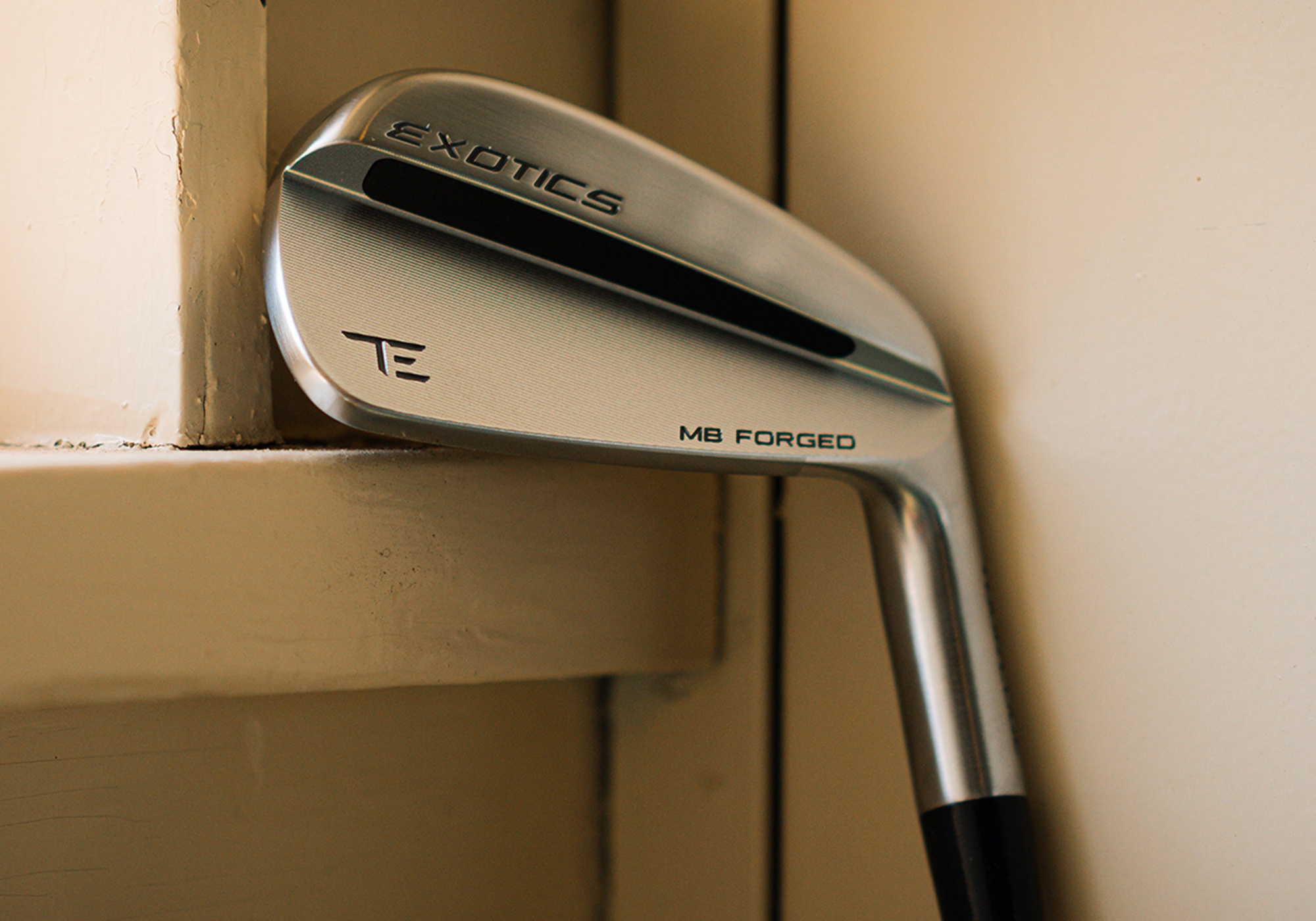

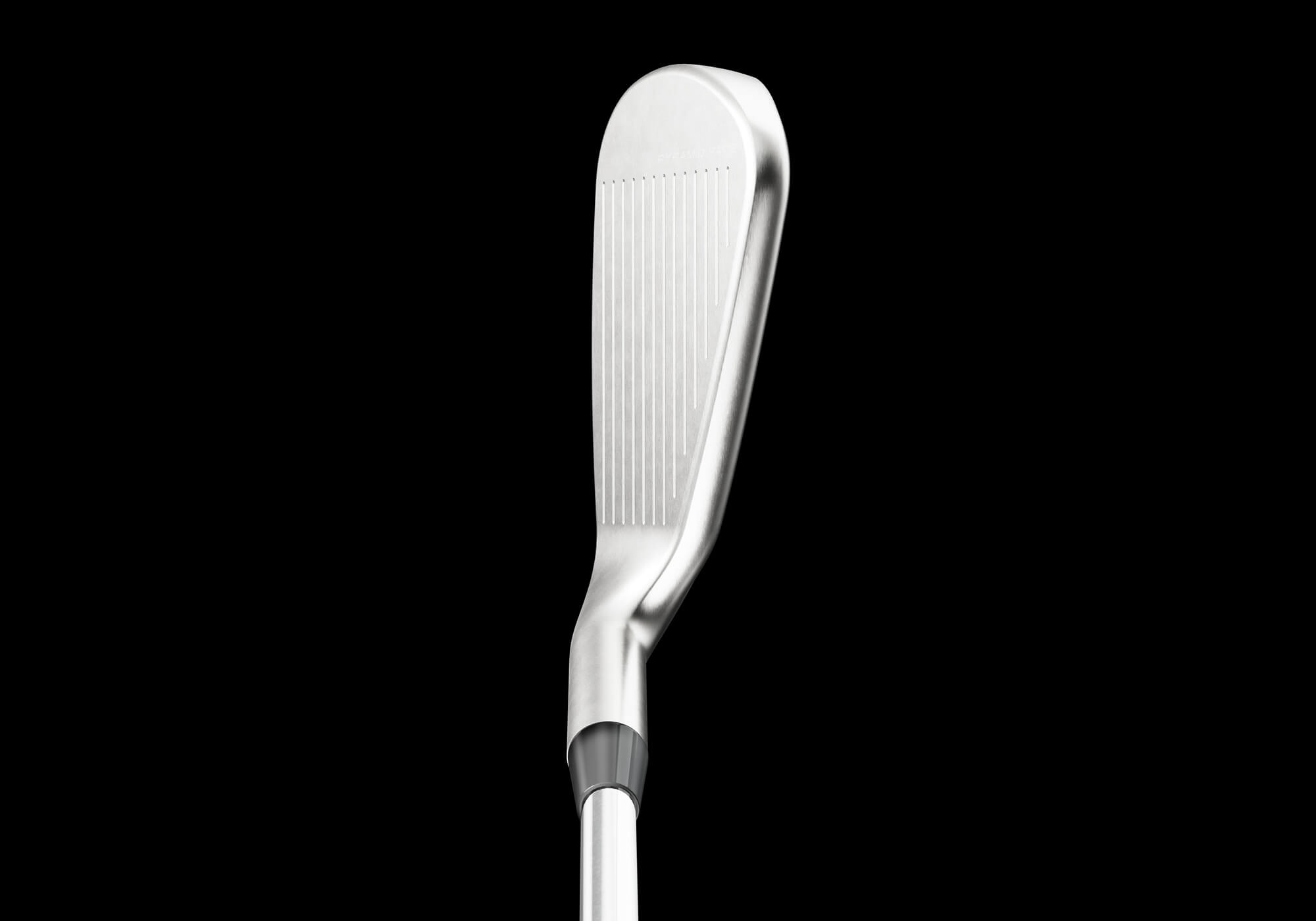
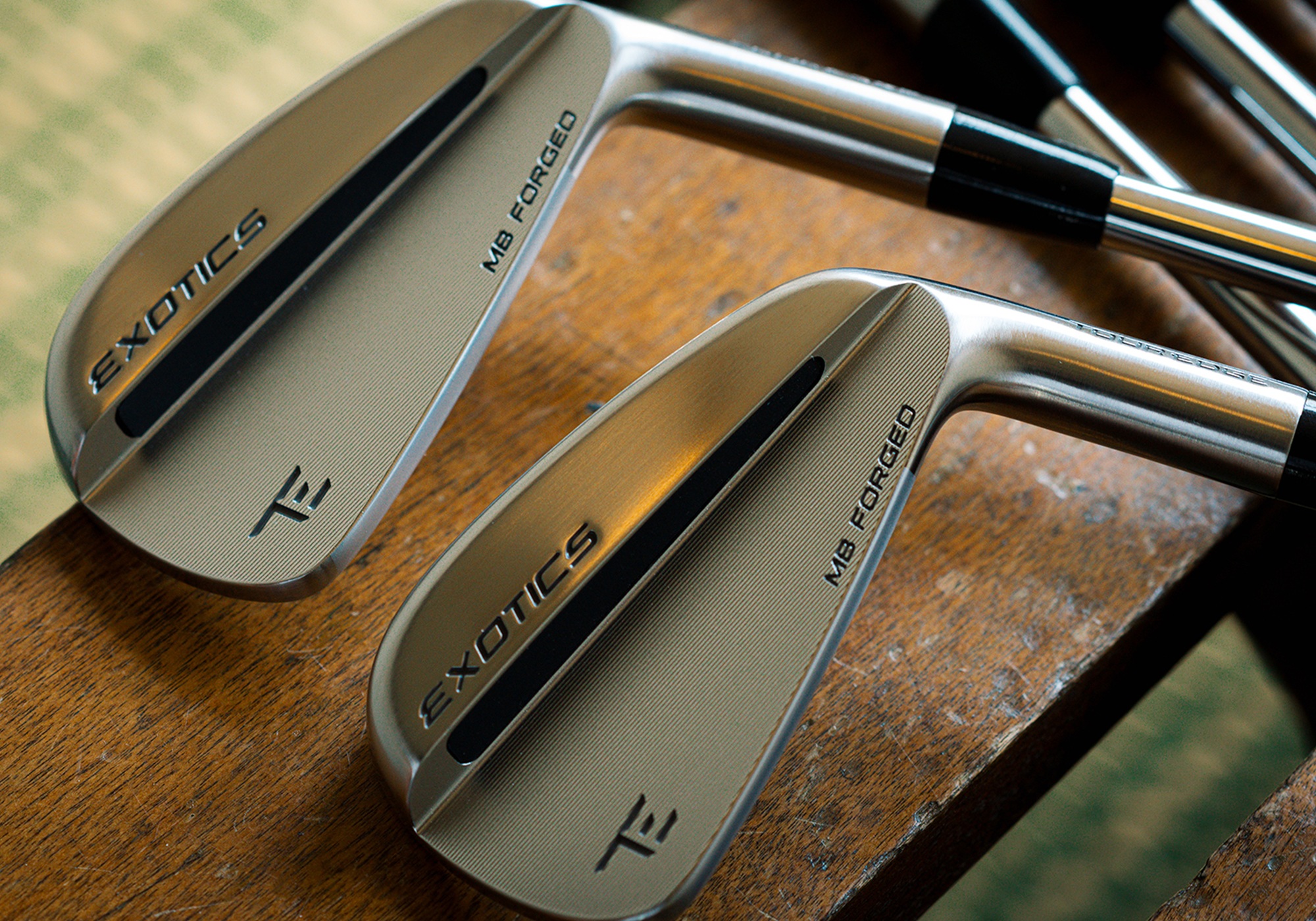
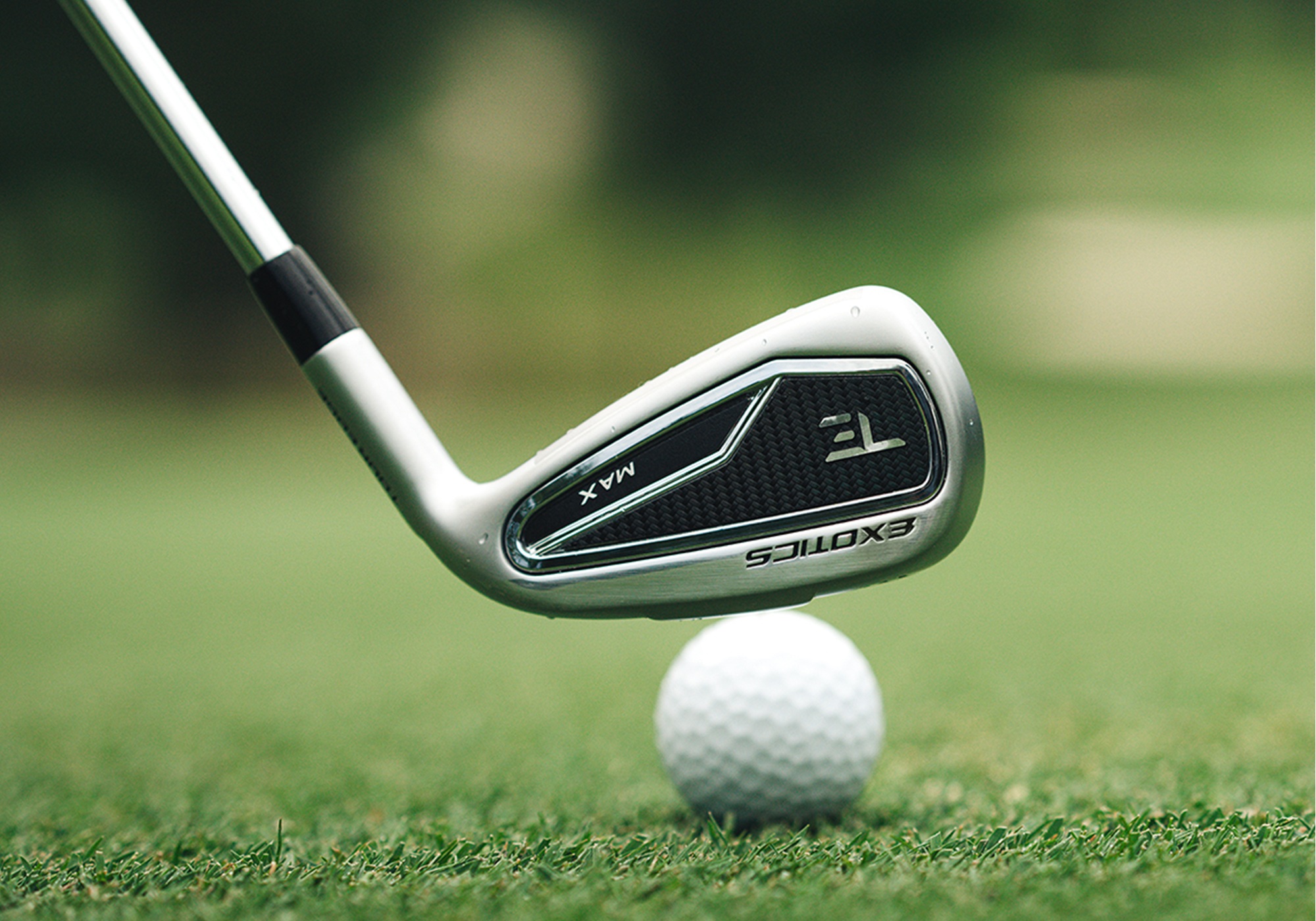
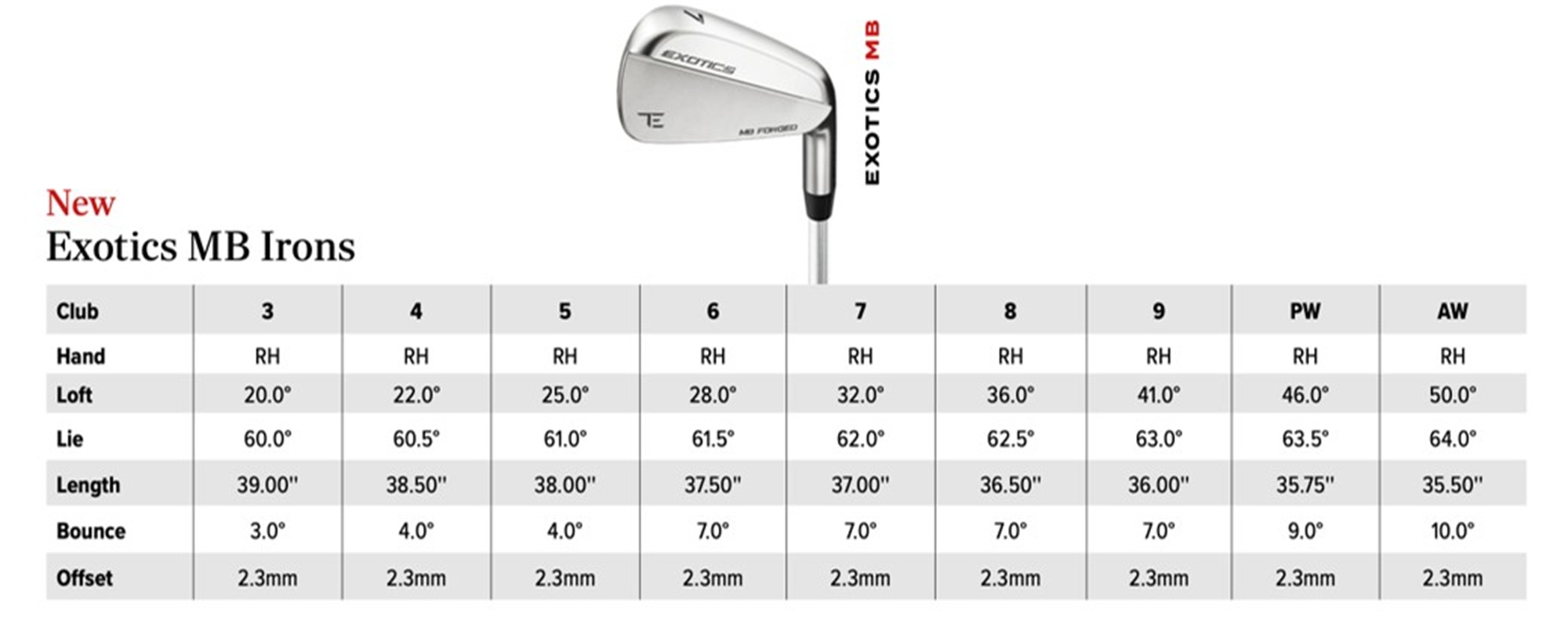
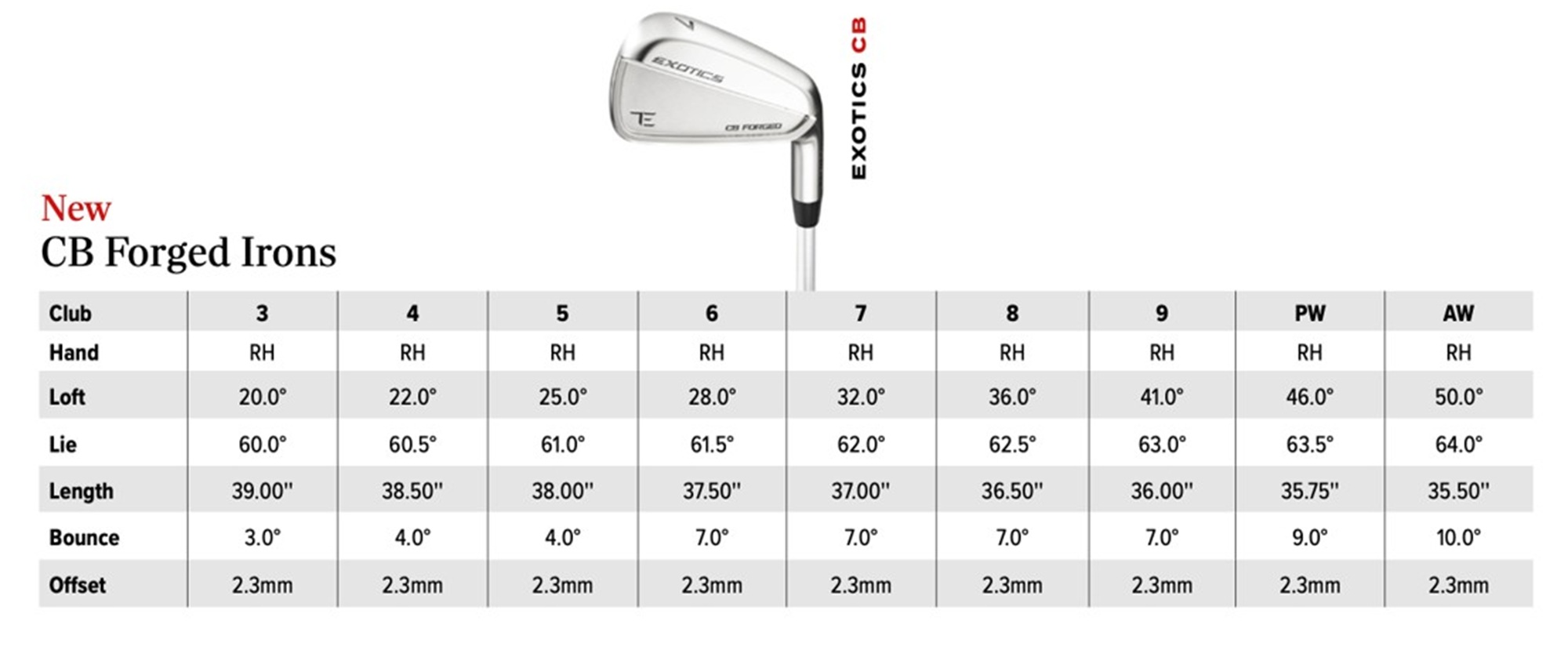
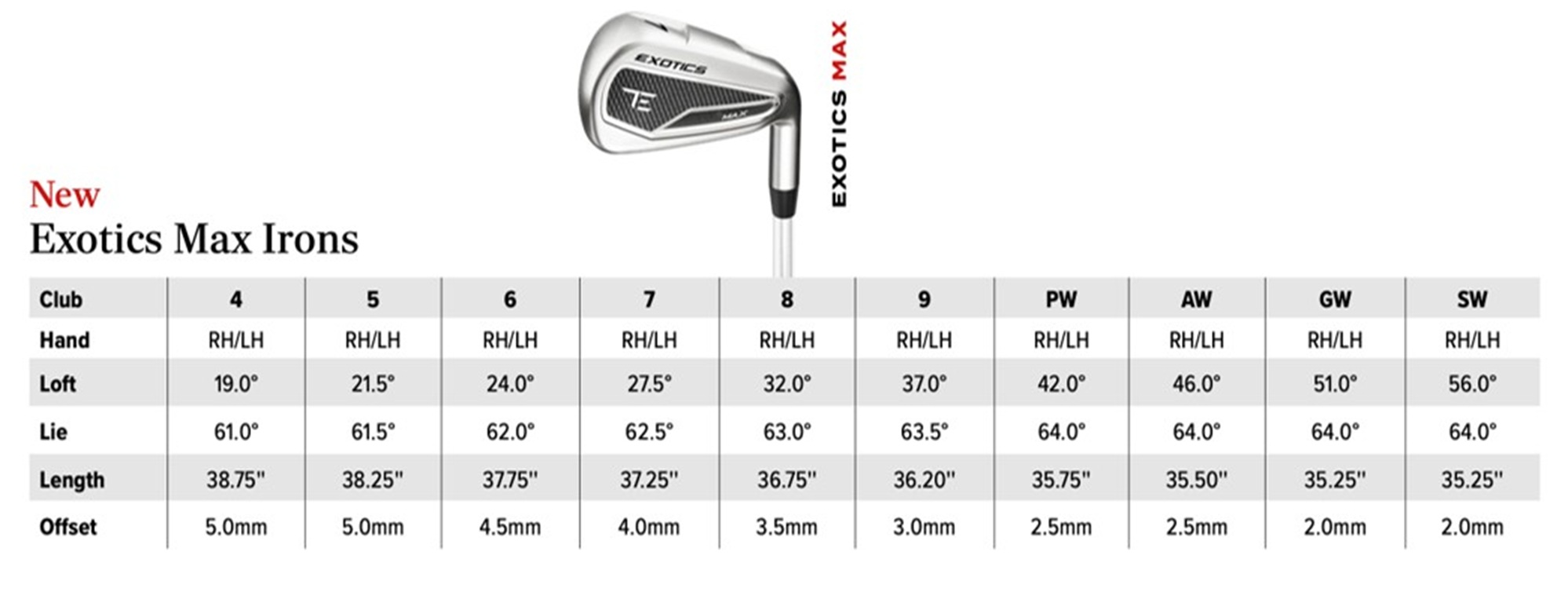
Miura is releasing the legendary KM-Baby Blades irons in a limited run to honor their late founder and make a subtle nod to the future.
The post Miura’s limited run of KM-Baby Blade irons available for pre-order appeared first on Golf.
Tour Edge is unveiling its 2025 Exotics lineup with three different models of metalwoods, each designed for a different player.
The post Tour Edge’s new Exotics metalwood lineup begins new chapter appeared first on Golf.
With Tour Edge's first launch since unveiling a new logo, it is releasing three new irons and a utility iron.
The post Tour Edge’s new 2025 Exotics irons offer benefits for all player types appeared first on Golf.
© 2025 GolfLynk.com a division of Outdoorsmen.com